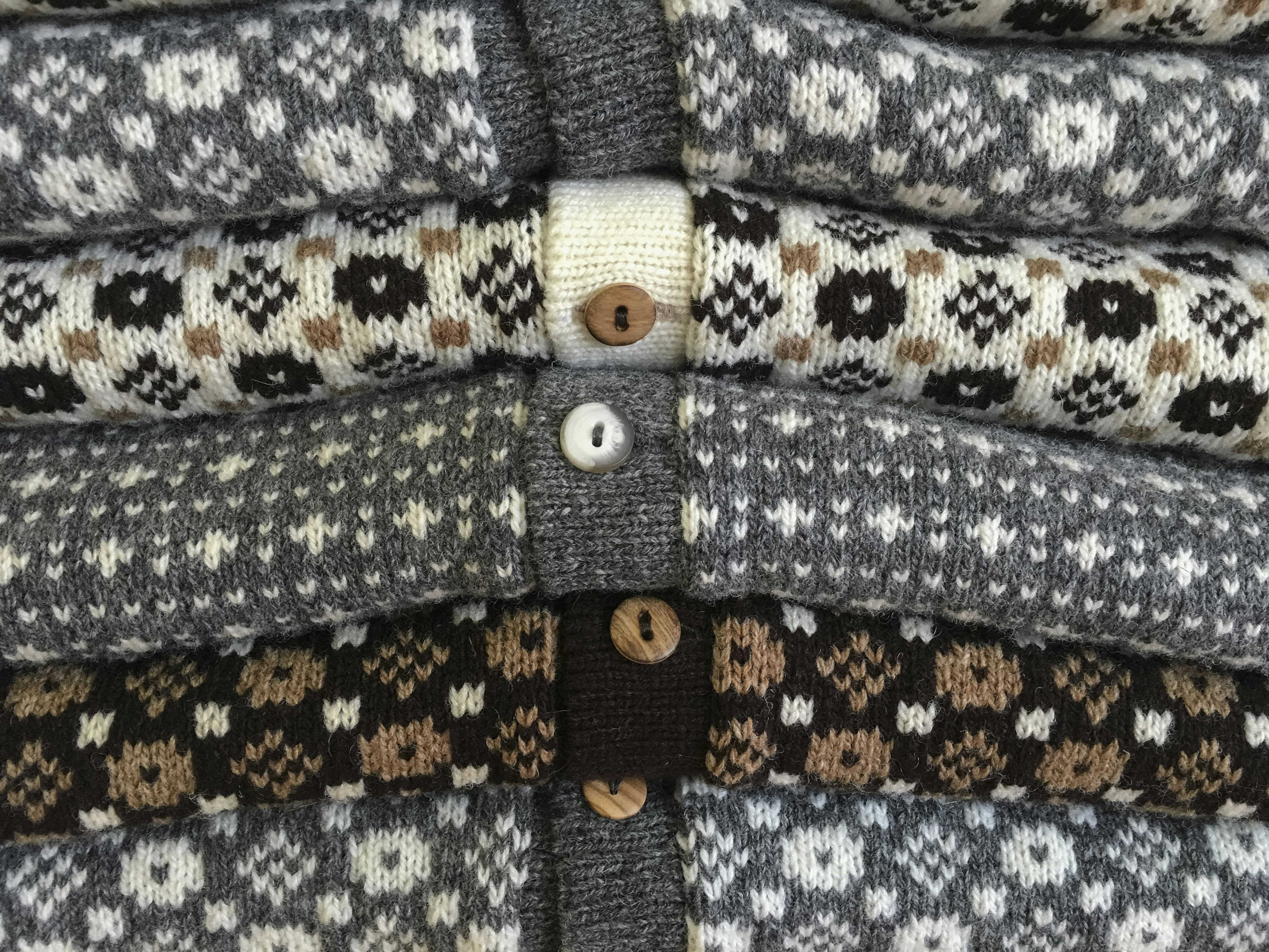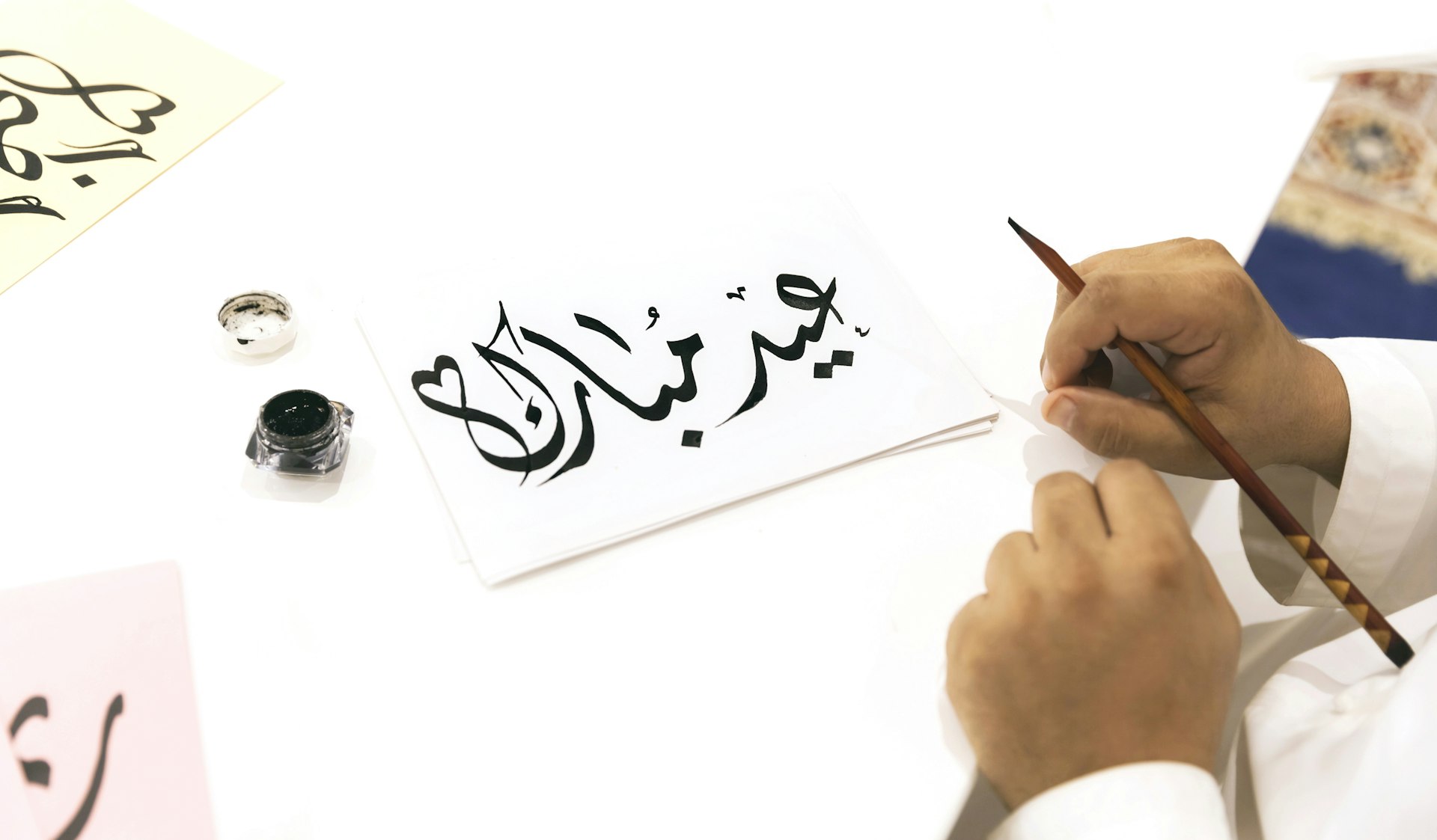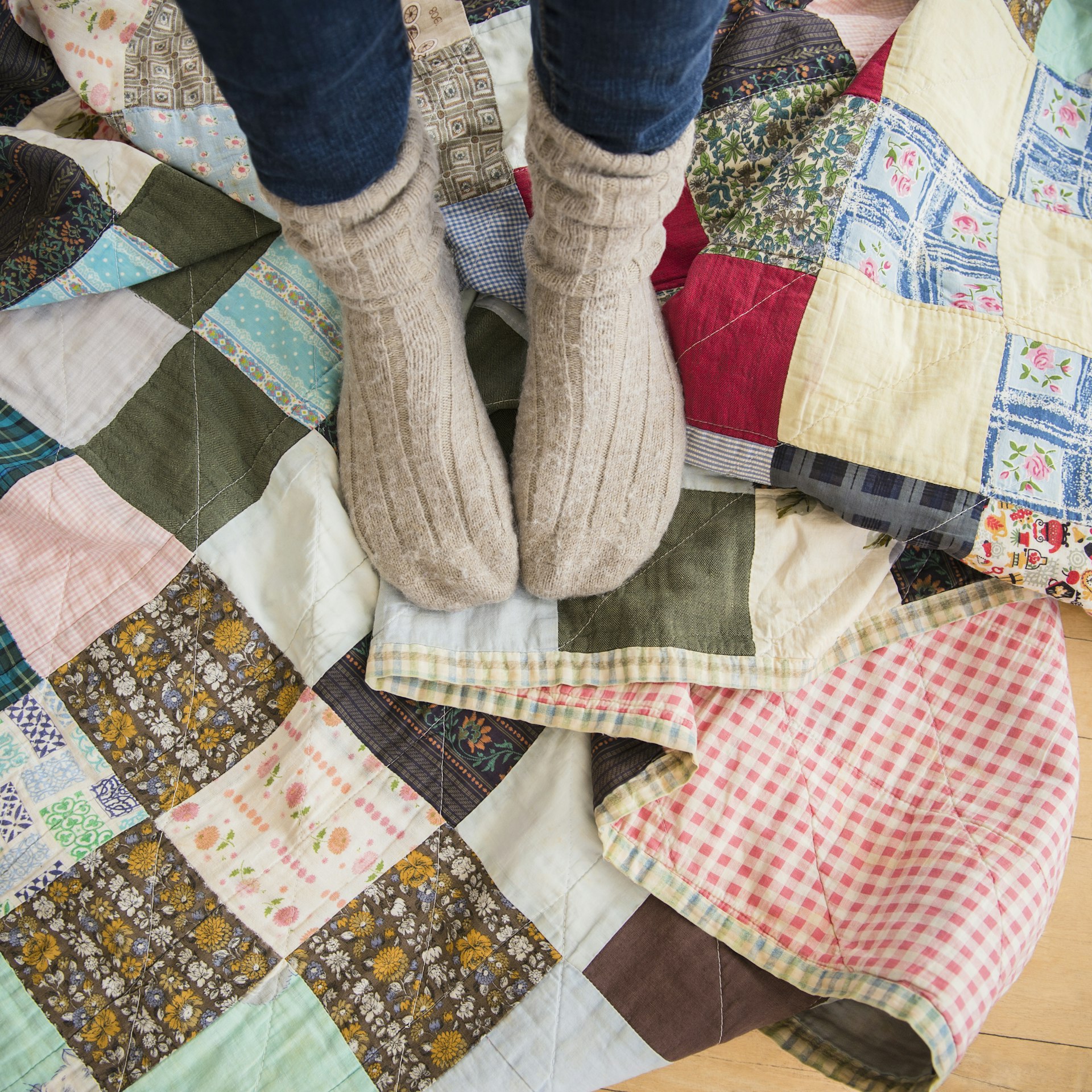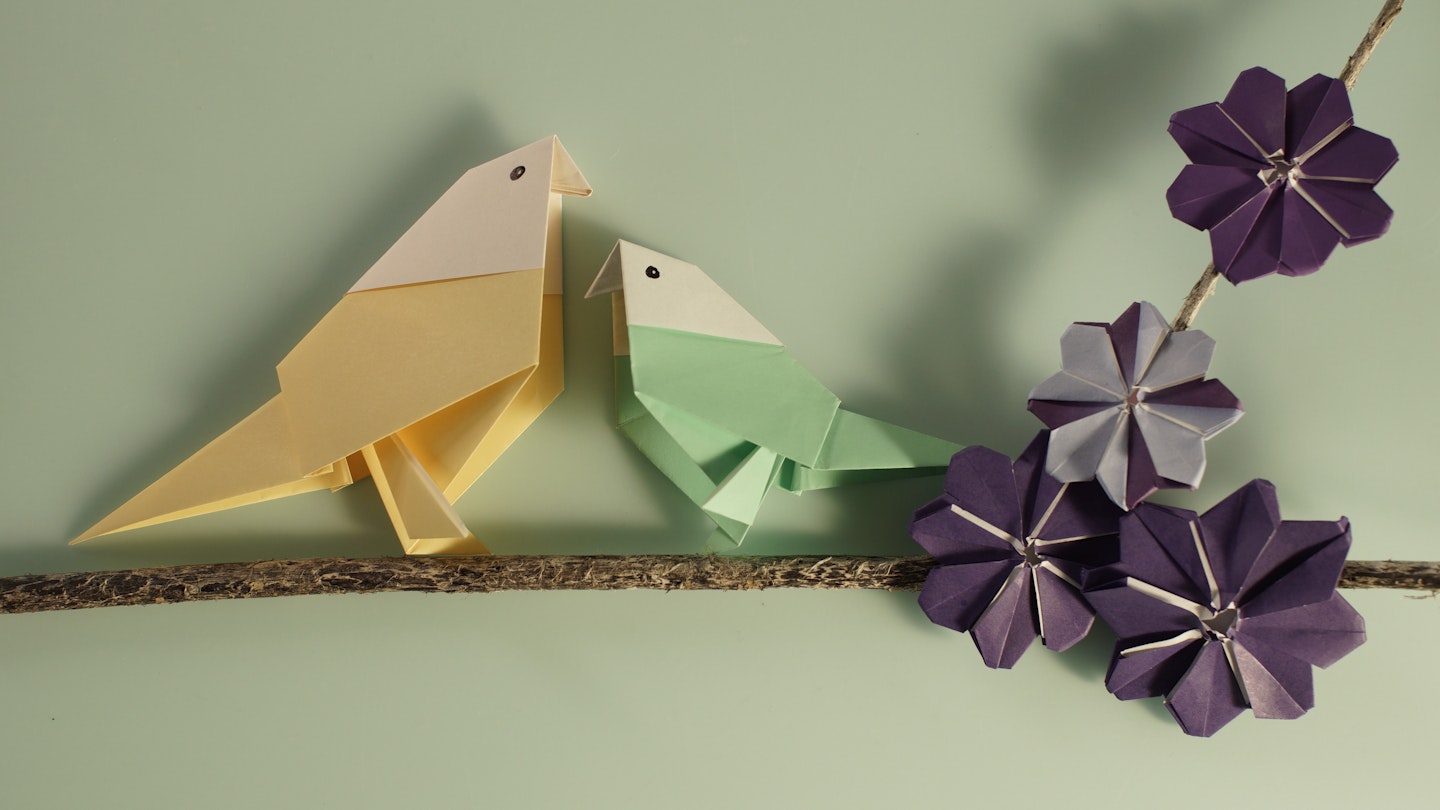You’ve baked your fifteenth load of banana bread, hit a wall on DuoLingo and have been tagged in so many 5k challenges that you’re looking at a full-blown marathon. As lockdown rumbles on, your patience is wearing thinner and your thumbs becoming twiddly-er by the hour. What at first seemed a golden opportunity to achieve all the things you’d been putting off, is now slowly descending into a swirling mix of boredom, anxiety and restlessness…
If this sounds familiar, you are most definitely not alone. The lockdown world can feel wrought with pressure to achieve and stay productive, when the only hobby you really want to master is binge-watching Netflix. It’s time to slow down, switch up your isolation mindset, and settle into an activity that feeds the mind and the soul – we’ve taken inspiration from worldwide cultures to find the most soothing activities on the planet, as well as the best online tutorials to master them yourself. You can thank us later. Perhaps with a handmade wall-hanging.
South American Weaving
It’s estimated that Andean people first produced woven textiles around 10,000 BC, and the slow, methodical way of working with strands of colour grew in prominence throughout the continent, being used in everything from clothing to religious rituals. Today, the act of threading warp and weft is having a true resurgence, with funky art pieces being produced by craft bloggers on Instagram and Pinterest at a rate of knots. Apart from its incredibly calming rhythm, this craft is wonderfully experimental, allowing you the opportunity to really get lost in its process.
What do I need?
You’ll need a small wooden loom, which can easily be found online. You’ll also need a selection of yarns and string.
How can I learn?
There are countless tutorials online for all kinds of weaving. For beginners, withwendy and Simply Handmade have clear, easy-to-follow YouTube lessons, focusing on trendy, contemporary designs. We Are Knitters also have a range of weaving tutorials on their IGTV.
Faroese Knitting

You’ve no doubt already been bombarded with information about how knitting is the ideal hobby to take up in lockdown – multiple studies have shown the far-reaching benefits it can have, from helping with anxiety and depression to reducing chronic pain. There’s certainly something about the steady rhythm of the needles, and texture of the yarns, that soothes and calms a stressed-out mind. Faroese knitting takes this even further, with its iconic patterns and intricate jumper designs that have recently found fame in various Scandi drama series. The use of multiple yarn strands creates a thick knitted fabric, traditionally used to protect against the Faroe Islands’ harsh weather conditions, while the detailed designs are often inspired by the islands’ landscapes, flora and fauna.
What do I need?
You’ll need a few balls of different coloured yarns, and a pair of appropriately sized needles.
How can I learn?
If you’re a complete beginner, keen to give knitting a go, there are some fantastic resources online. Wool and the Gang are at the forefront of knitting’s contemporary movement, pedalling chic designs and easy-to-understand patterns – they have a great collection of tutorials to get you casting on. If you want to try your hand at Faroese techniques, Faroeknit’s YouTube channel is a great place to start.
Arabic Calligraphy

Dating back as far as the 7th century, Arabic calligraphy was used to unite the various countries of the Arabic-speaking world, as Islam forbade the use of figures and pictorial renderings in art. The delicate and fluid motions of etching the language’s sinuous lettering are still thriving today, with the cities of the UAE leading the charge through annual exhibitions and artistic meet-ups. All you need is a pen to spend hours gently tracing these intricate letters – an ideal craft to while away the lockdown hours and refocus the mind.
What do I need?
All you’ll need to try Arabic calligraphy is a fountain pen or calligraphy pen and ink, and some paper.
How can I learn?
Alhamdulillah Arts has some super accessible step-by-step tutorials on his Arabic calligraphy YouTube channel that are perfect for beginners.
Japanese Origami

It’s unlikely that you’ve never come across the precise Japanese art of origami before, but spending a bit of time digging into this ancient craft will focus your thoughts and create an atmosphere of calm. The origins of origami are not overly clear, but it is widely acknowledged that the technique was born following Buddhist monks bringing paper to Japan in the 6th century. It is curious that such an antiquated and, it has to be said, not overly functional craft has endured through thousands of years in arguably the world’s most tech-focused country. There just seems to be something about the systematic, meticulous manner in which paper is folded to create beautiful models, that acts as a much-needed antidote to frenetic modern life.
What do I need?
A few sheets of paper. Specialist origami paper is easily available online, but the ordinary kind works perfectly well.
How can I learn?
Jo Nakashima’s YouTube channel has a large number of guided lessons for different techniques, or you can find tutorials catered to different ability levels on Origami Tutorials’ website.
European Macramé

Macramé, the art of knot-tying to produce different visual and structural effects, can be traced to many ancient civilisations, but the craft’s earliest conception is largely attributed to Arabic weavers in the 13th century. It came to prominence after spreading through Europe many centuries later, becoming a common pastime for sailors, and taking the design world by storm in Victorian England. Today, it’s rare to see a contemporary interior design shot without an intricate macramé wall-hanging in the background, or ornate pot-plant holder cascading from the ceiling. And the craft’s process is every bit as appealing as its results, with its repetitive knotting and threading motions having a real moment as part of the global wellness scene.
What do I need?
You’ll need a roll of fairly thick rope or string, plus some space to hang it while you work.
How can I learn?
Online macramé tutorials are numerous, but Modern Macramé offers countless videos focusing on trendy, chic projects.
American Quilting

The art of hand-stitching through layers of fabric to create beautiful quilts is thought to date back to the arrival of European settlers to America in the 1600s, birthing a love affair between the nation and the craft that is still going strong today. This love manifests not just in countrywide quilting bees and exhibitions which take place all year round, but more importantly in thousands of localised quilting groups meeting up to stitch and chat, creating lifetime bonds within small communities. Making use of a simple needle and thread, the quilting process is slow and precise, but incredibly satisfying and utterly absorbing.
What do I need?
The equipment list for quilting is a little longer than for some crafts, requiring a selection of fabric pieces, a needle and thread, wadding/batting and binding tape.
How can I learn?
American Patchwork and Quilting’s YouTube channel has lots of high-quality, easy-to-follow tutorials, and NYC shop Gotham Quilts are hosting live stitching meet-ups on their Instagram channel.
French Découpage

If the idea of losing yourself in some good old fashioned gluing and sticking sounds good, welcome to découpage. Literally translating as ‘cutting out’, this craft involves cutting and pasting shapes and motifs onto different surfaces, from household objects to furniture. The art originated in 17th century France, as a method of decorating bookcases and cabinets, and is now being made use of by interior designers and craft bloggers across the world to jazz up and breathe new life into pretty much anything you can imagine. The true beauty of découpage is its lack of precision; everything about it is rough, from the cutting out, to the placing of the papers. It’s a no-stress, low-effort craft that yields brilliant results every time.
What do I need?
Some découpage papers (patterned napkins work too), some découpage paste, a paintbrush and something to decorate.
How can I learn?
Hobby Lobby’s YouTube series will take you through the process of decoupage step by step.











